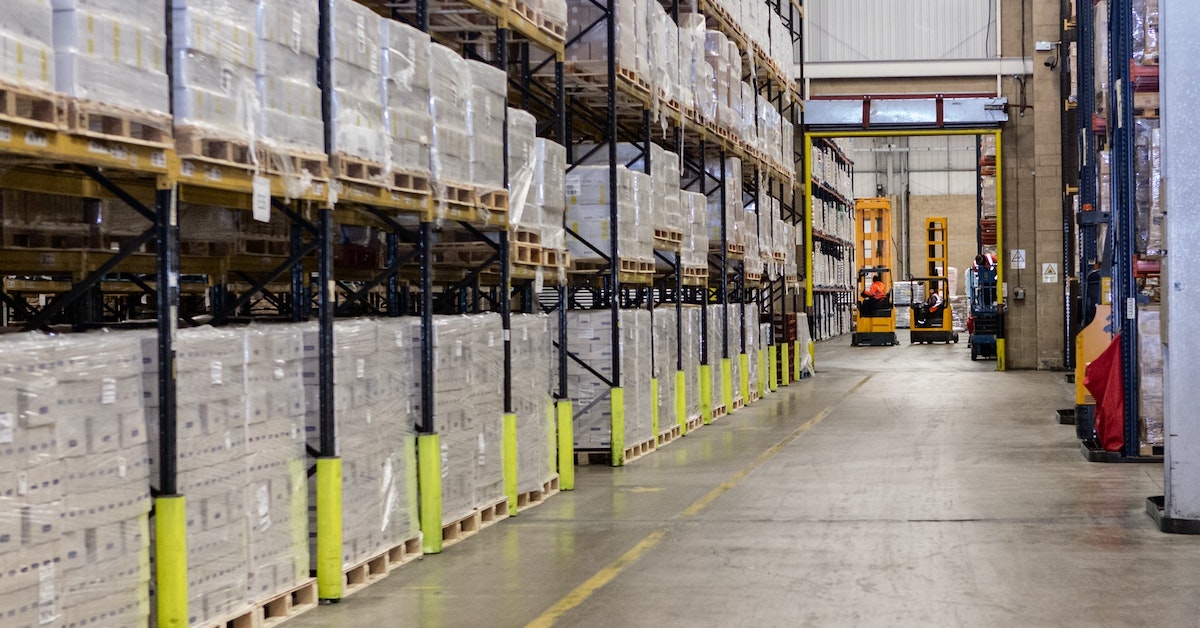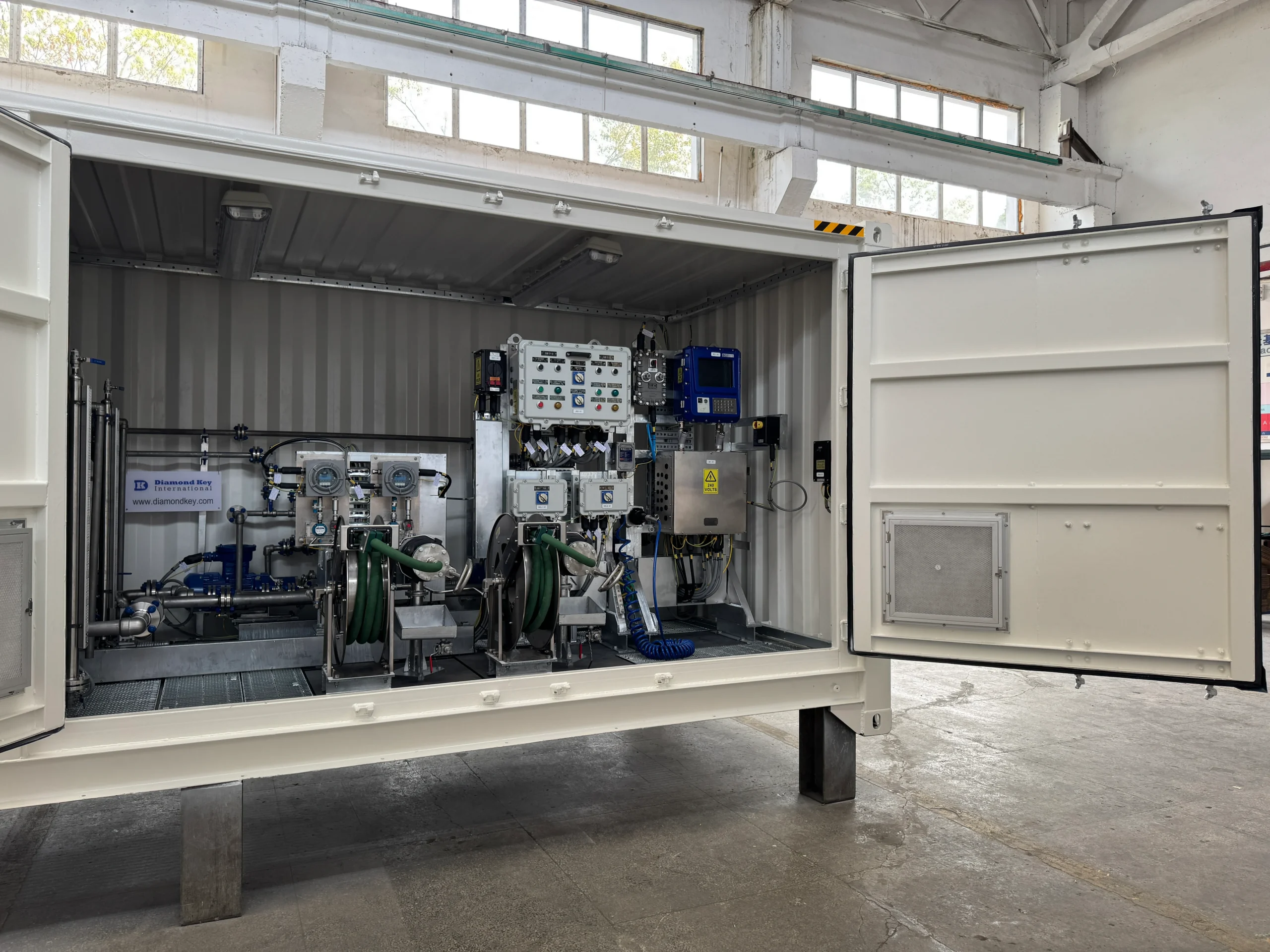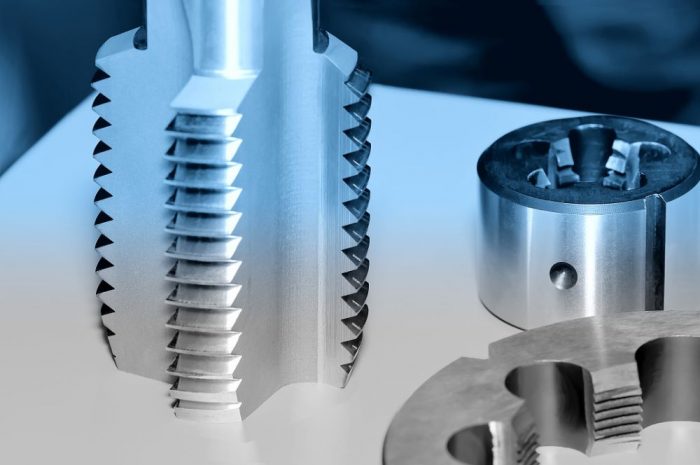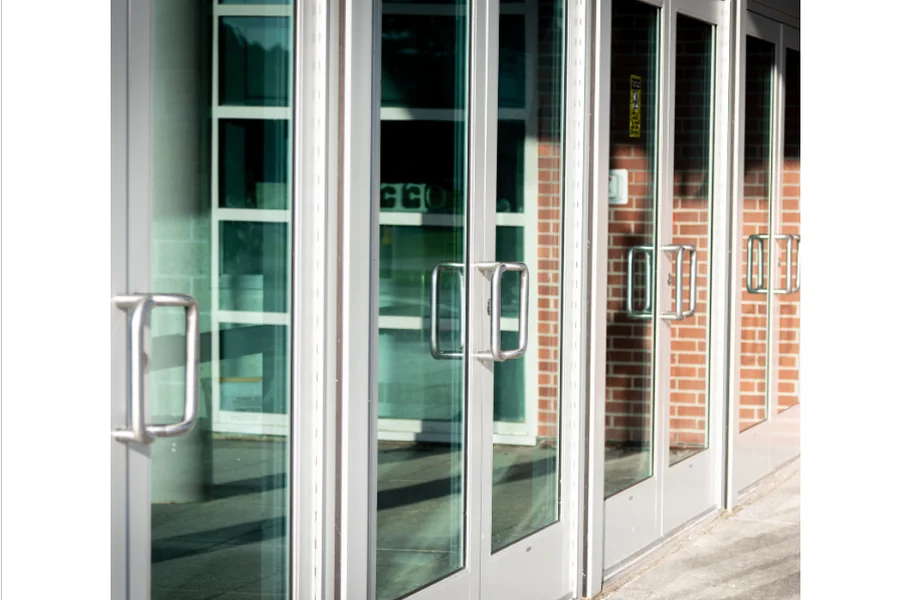FAQs About Pallet Racking

Pallet racking is a fundamental component of many warehouses, providing an efficient and organised system for storing a wide variety of goods. If you’re seeking a storage and inventory management solution such as pallet racking in Sydney, you may have some questions about this popular storage solution. This article will address some of the most frequently asked questions about pallet racking so you can decide if it’s the right solution for your warehousing needs.
What is Pallet Racking?
Pallet racking is a storage system designed to store materials on pallets or skids. It typically consists of upright frames connected by horizontal beams, creating multiple levels of storage. Pallet racking is widely used in warehouses due to its ability to maximise space and facilitate easy access to goods. It’s generally seen as a versatile system that can be adapted to meet the specific needs of any warehouse, making it a popular choice for businesses of all sizes.
What Types of Pallet Racking are Available?
There are several types of pallet racking systems available, each suited to different storage needs. These include selective racking, drive-in racking, push-back racking and pallet flow racking. Selective racking is the most common type, offering direct access to all pallets. Other types, like drive-in racking or pallet flow racking, are designed for high-density storage. Drive-in racking allows forklifts to drive directly into the rack to load or unload pallets, while pallet flow racking uses a conveyor system to move pallets through the rack.
How Much Weight Can Pallet Racking Hold?
The weight capacity of pallet racking depends on its design and the materials used in its construction. However, most systems are designed to hold significant weight. It’s crucial to adhere to the manufacturer’s weight limits to ensure safety. Overloading can lead to structural failure, posing a risk to both personnel and inventory. Always consult with your supplier or manufacturer to understand the specific weight limits of your racking system.
How Can You Maintain the Safety of Pallet Racking Systems?
Regular inspections are essential for maintaining the safety of your pallet racking system. Look for signs of damage or wear, such as dents, rust or bending. It’s also important to ensure that the system is not overloaded and that the weight is evenly distributed. Training staff on proper loading techniques can help prevent accidents. You could also consider implementing a regular maintenance schedule to ensure your racking system remains in optimal condition.
Where Can You Get Pallet Racking in Sydney?
While there are many suppliers of pallet racking in Sydney, not all of them provide equipment of the same standard. When choosing a supplier, consider factors such as the quality of their products, their reputation in the industry as well as their ability to provide custom solutions to suit specific needs. It’s also beneficial to choose a supplier that offers installation and maintenance services.
How Can Pallet Racking Improve Warehouse Efficiency?
Pallet racking can significantly improve warehouse efficiency by optimising space usage and facilitating easy access to goods. By storing items vertically, pallet racking allows you to make the most of your warehouse’s height, freeing up valuable floor space. The direct access to all pallets simplifies stock control and reduces handling times, boosting operational efficiency in the process.










